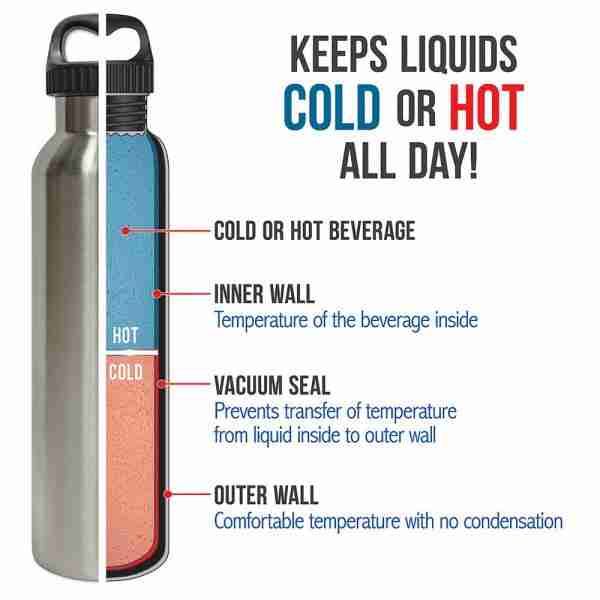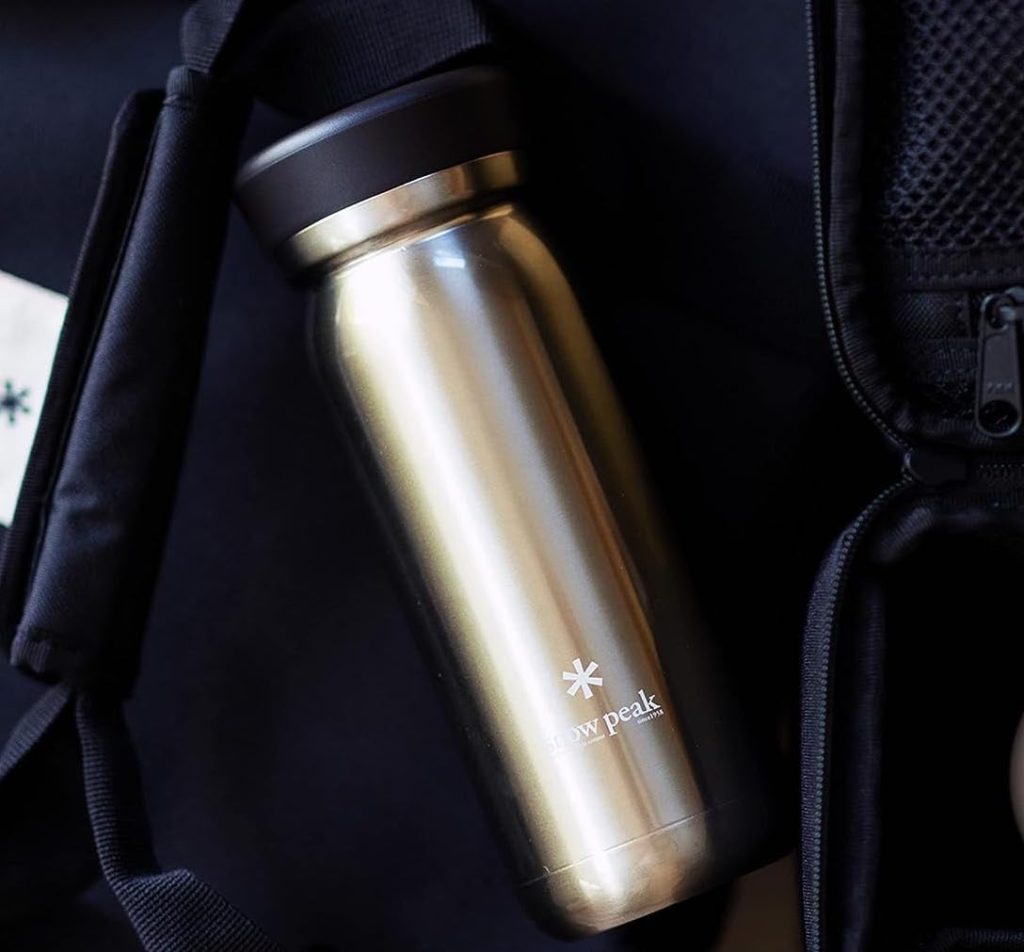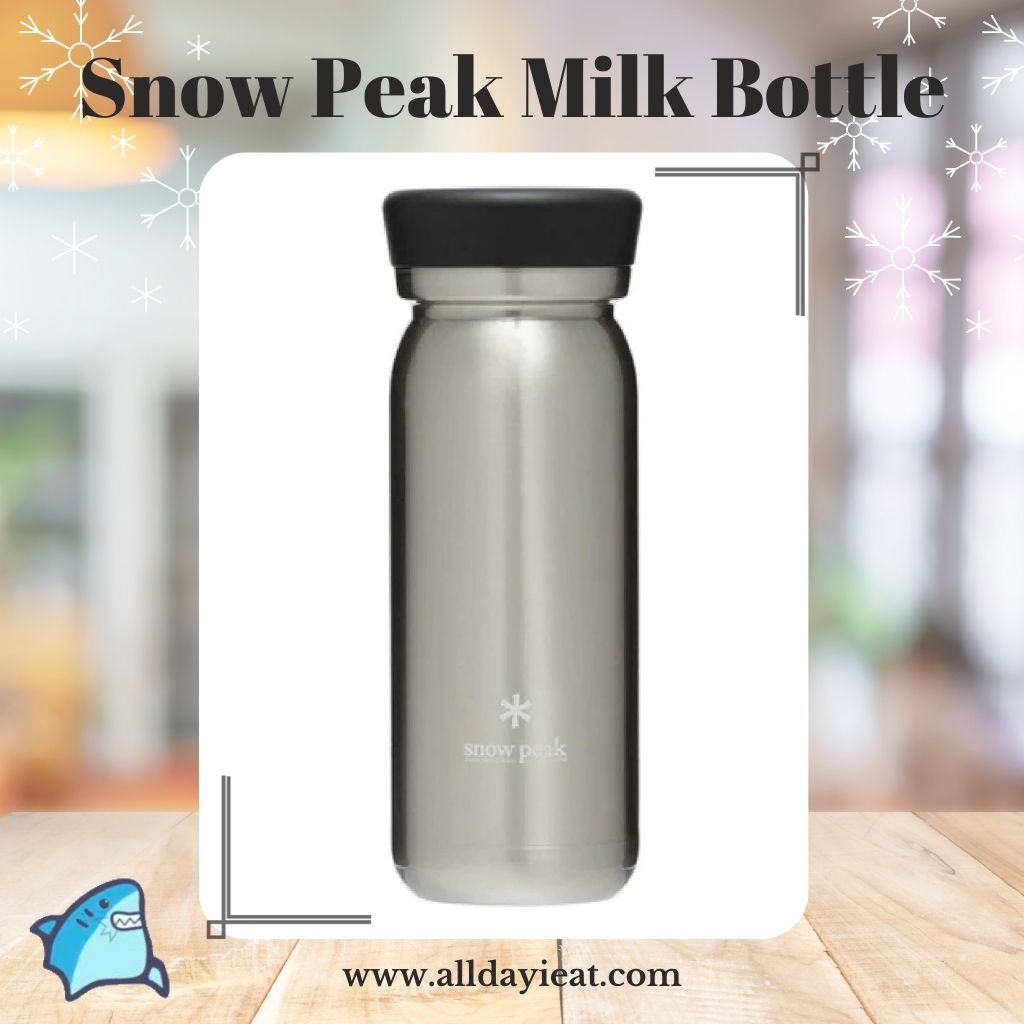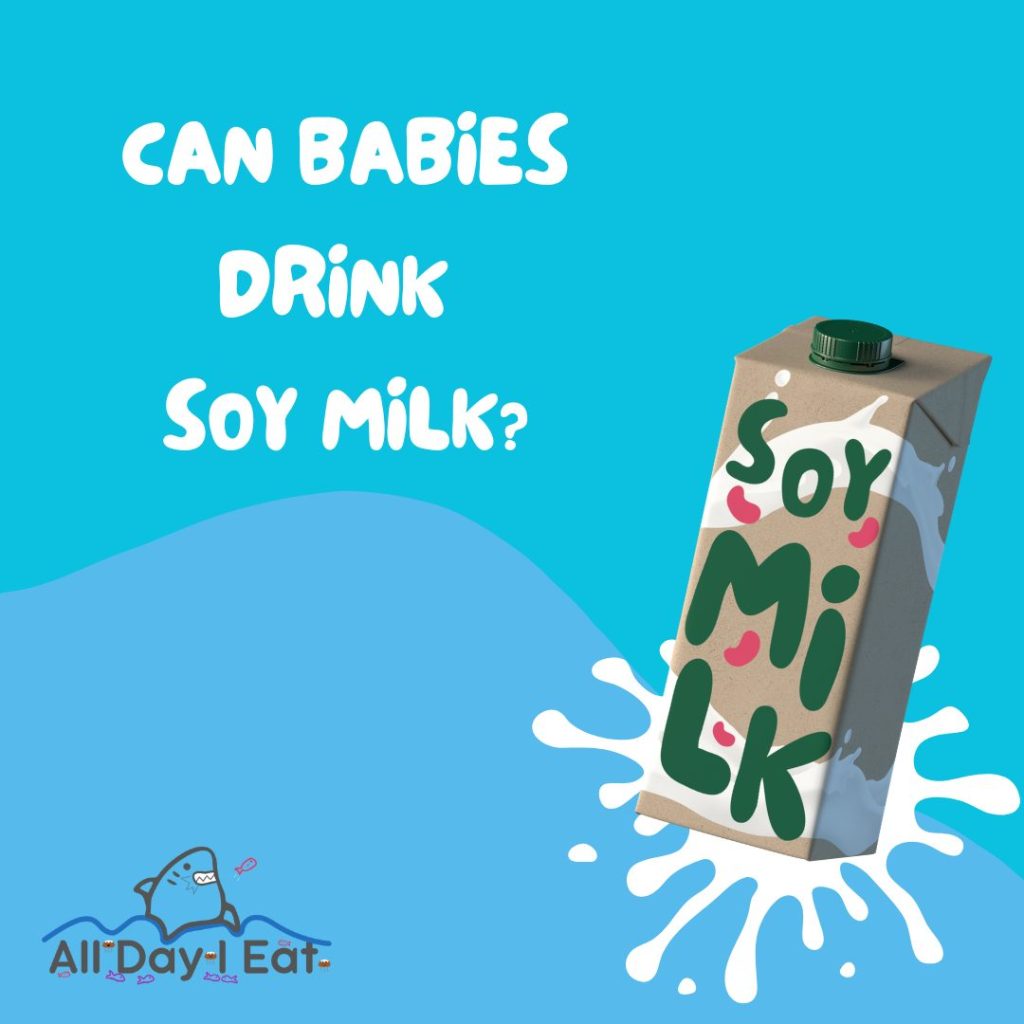Do you ever wonder how vacuum insulated bottles work? Well, you’re in luck! In this article, we will delve into the science behind vacuum insulation and explain how it keeps your beverages hot or cold for extended periods.
We’ll also discuss the key components of vacuum insulated bottle design and the benefits it offers for temperature retention.
So, if you’re looking to choose the right vacuum insulated bottle for your needs, keep reading to discover all you need to know.
Key Takeaways
- Vacuum insulated bottles use a vacuum between two layers to minimize heat transfer.
- The inner layer is made of low thermal conductivity materials and the outer layer often has a reflective coating to minimize radiation heat transfer.
- Conduction is minimized by using materials with low thermal conductivity.
- Vacuum insulation keeps beverages hot or cold for longer periods of time and prevents condensation from forming on the bottle.
The Science Behind Vacuum Insulation
You can understand the science behind vacuum insulation by considering how heat transfer occurs. Heat transfer happens through three main processes: conduction, convection, and radiation.
In the case of vacuum insulated bottles, the goal is to minimize heat transfer as much as possible. The bottle consists of two layers, an inner and outer layer, with a vacuum in between. The vacuum is the key component that helps in reducing heat transfer. Without any air molecules or particles present, conduction and convection are practically eliminated. The vacuum acts as an insulator, preventing heat from escaping or entering the bottle. This means that hot liquids stay hot for longer periods, and cold liquids remain cold.
Furthermore, the inner layer of the bottle is usually made of materials with low thermal conductivity, such as stainless steel or glass. These materials slow down the process of conduction, further reducing heat transfer. Additionally, the outer layer of the bottle is often designed with a reflective coating to minimize radiation heat transfer.
Understanding Heat Transfer in Vacuum Insulated Bottles

To understand how vacuum insulated bottles work, it’s important to grasp the concept of heat transfer. Heat transfer is the process by which thermal energy moves from one object or substance to another.
In vacuum insulated bottles, heat transfer occurs in three main ways:
- Conduction: This is the direct transfer of heat through physical contact. In vacuum insulated bottles, the inner and outer walls are usually made of different materials with low thermal conductivity, such as stainless steel or plastic. This helps minimize heat transfer between the contents of the bottle and the external environment.
- Convection: This is the transfer of heat through the movement of fluids or gases. In vacuum insulated bottles, the air between the inner and outer walls is often removed, creating a vacuum. Since there’s no air to transfer heat through convection, the rate of heat transfer is significantly reduced.
- Radiation: This is the transfer of heat through electromagnetic waves. Vacuum insulated bottles often have a reflective coating on the inner wall, which helps reflect radiant heat back into the bottle, preventing it from escaping.
By combining these three methods of heat transfer, vacuum insulated bottles can effectively keep hot liquids hot and cold liquids cold for extended periods of time.
Key Components of Vacuum Insulated Bottle Design

The key components in vacuum insulated bottle design include the inner and outer walls made of materials with low thermal conductivity, a vacuum between the walls, and a reflective coating on the inner wall. These components work together to create a highly efficient and effective insulation system that keeps your beverages hot or cold for extended periods.
The inner and outer walls of the bottle are made of materials like stainless steel or plastic, which have low thermal conductivity. This means that they aren’t easily affected by changes in temperature, allowing them to maintain the desired temperature of your beverage.
Between these walls, a vacuum is created. This vacuum acts as a barrier to heat transfer, preventing the transfer of heat from the outside to the inside or vice versa. The absence of air molecules in the vacuum reduces heat conduction and convection, further enhancing the insulation capabilities of the bottle.
To maximize the insulation properties, the inner wall of the bottle is coated with a reflective material. This coating reflects heat radiation back into the bottle, preventing it from escaping and maintaining the temperature of the contents.
Benefits of Vacuum Insulation for Temperature Retention

With vacuum insulation, your beverages will stay hot or cold for longer periods of time. This technology revolutionizes the way we enjoy our drinks, providing optimal temperature retention and ensuring that your beverages are always at the perfect temperature.
Here are the key benefits of vacuum insulation:
- Superior Heat Retention: Vacuum insulation creates a barrier between the beverage and the outside environment, minimizing heat transfer. This means that your hot drinks will stay piping hot for hours, allowing you to savor every sip without worrying about it cooling down.
- Exceptional Cold Retention: Not only does vacuum insulation excel at retaining heat, but it also excels at retaining cold. This means that your ice-cold beverages will stay refreshingly cold, even on the hottest summer days. Say goodbye to watered-down drinks and enjoy the full flavor of your beverage for longer.
- No Condensation: One of the significant advantages of vacuum insulation is its ability to prevent condensation from forming on the exterior of the bottle. This means that you can confidently place your vacuum-insulated bottle on any surface without leaving behind unsightly water rings or worrying about your hands getting wet.
Investing in a vacuum-insulated bottle is a surefire way to elevate your beverage experience. Whether you’re on the go, at work, or enjoying outdoor activities, vacuum insulation ensures that your drinks will always be at the perfect temperature, allowing you to savor every moment.
Choosing the Right Vacuum Insulated Bottle for Your Needs

When selecting the right vacuum-insulated bottle for your needs, consider factors such as size, design, and lid options.
Vacuum-insulated bottles are designed to keep your beverages hot or cold for an extended period of time, making them ideal for those who are always on the go or want to enjoy their drinks at the perfect temperature.
The size of the bottle is important because it determines how much liquid it can hold. If you need to carry a large amount of liquid, opt for a larger size. On the other hand, if portability is a priority, choose a smaller size that can easily fit in your bag or backpack.
Design is another important factor to consider. Look for bottles that are durable, ergonomic, and easy to clean.
Lid options also play a significant role in the usability of the bottle. Some bottles come with a screw-on lid, while others have a flip-top or a straw lid. Choose the one that best suits your preferences and needs.
Conclusion
In conclusion, you now have all the information you need to choose the perfect vacuum-insulated bottle for your daily routine. Remember, when selecting a vacuum-insulated bottle, it’s important to consider your specific needs and preferences. Here is a summary of the key points to help guide you in your decision-making:
- Insulation: Look for a bottle with double-wall vacuum insulation, which provides superior temperature retention. This will ensure that your hot beverages stay hot and your cold beverages stay cold for extended periods of time.
- Size and Capacity: Consider how much liquid you typically consume in a day and choose a bottle with an appropriate capacity. Smaller bottles are more portable, while larger ones are ideal for longer outings or for sharing beverages with others.
- Durability and Materials: Opt for bottles made of high-quality stainless steel, as they’re durable, resistant to rust and corrosion, and don’t impart any flavors or odors to your drinks.











Konnichiwa! (Hello!) I'm Pat Tokuyama, a Japanese tofu cookbook author, who travels for music, food, and adventure. If you like Japanese tea, checkout some of the newestorganic japanese tea, matcha bowls and noren and more!
** Curious about the Plant Based Japanese Cooking Club? ** Learn more here!